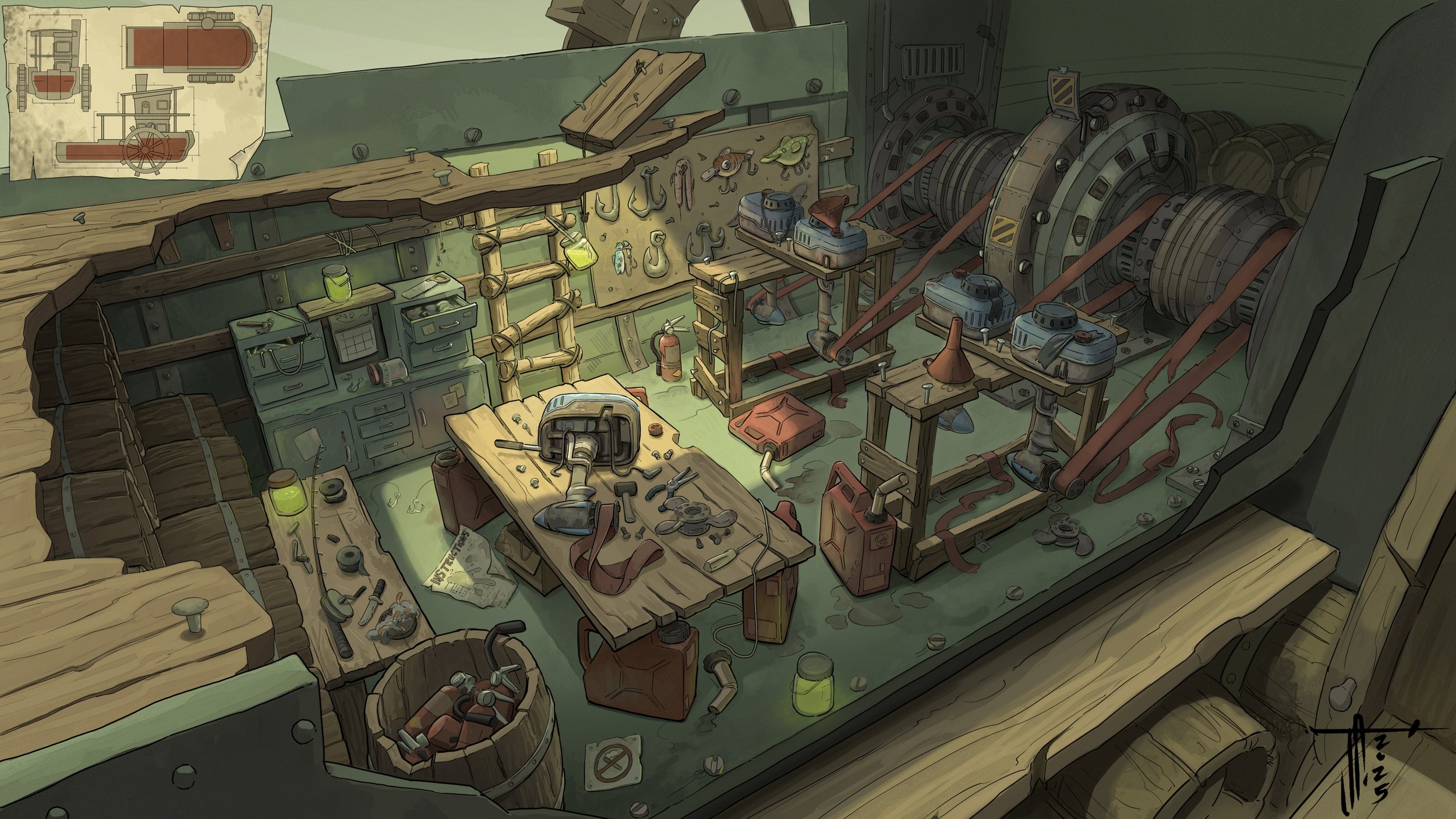5 Outdated Art Tips (and What to Do Instead)
Art by Cesar ET Brush Sauce student 2025
The internet is full of well-meaning advice for artists—but not all of it holds up under closer scrutiny. Some tips sound good on the surface, but they can actually slow your growth or lead to burnout if taken at face value.
In this post, we’ll break down five common pieces of advice that deserve a second look—and offer better, more sustainable alternatives to help you grow faster and more confidently as an artist.
1. “You Can’t Break the Rules Until You Master Them”
Try instead: “Practice With Purpose, Play With Curiosity”
The old advice implies you need to reach some mythical level of mastery before you're allowed to experiment. In reality, both structure and play are essential parts of learning.
You only get a few hours of focused creative energy each day—don’t waste it on aimless grinding. Study intentionally: learn structure, observe deeply, and train with specific goals in mind.
But don’t wait for permission to be creative. Some of your biggest artistic breakthroughs will come from exploring, bending, or even breaking the rules while still learning them. The key is balance. Combine discipline with curiosity, and you’ll grow faster, stay inspired, and avoid burnout.
2. “Draw From Imagination to Improve”
Try instead: “Study First, Imagine Better”
Drawing from imagination is a great test—but it’s not how you grow. When you rely only on what’s in your head, you’re recycling the same limited visual information over and over.
Real progress happens when you study the world—how things look, how they’re built, how light hits them. Reference is not cheating; it’s how you avoid making the same mistakes and build a strong visual library.
You study to learn how things work—then you use imagination to apply what you’ve learned. That’s the creative cycle. The more you study, the better your imaginative work becomes.
3. “Find Your Unique Style ASAP”
Try instead: “Master Fundamentals Before Chasing Style”
Style is not something you need to force or invent early on. Your artistic voice develops naturally over time, shaped by your influences, preferences, and—most importantly—your grasp of the fundamentals.
Form, light, anatomy, composition—these are the ingredients of great art. Once you understand them, you’ll have the confidence and clarity to experiment with how you present them.
Studying other artists is useful, but if you do it too early, you risk mimicking their flaws. Focus first on foundational skills. Later, when you study style, choose artists with strong fundamentals baked into their work.
Image by Josh Ash Brush Sauce Student 2024
4. “Lighting and Values Are the Same Thing”
Try instead: “Lighting and Values Work Together, But They’re Not the Same”
This is a common misunderstanding. Values refer to the lightness or darkness of elements in your image, while lighting is about how light behaves—its direction, intensity, temperature, and how it wraps around or reveals form.
Good lighting shapes the mood, directs the viewer’s eye, and enhances storytelling. It’s more than just contrast—it’s about intention.
And while dramatic lighting can look cool, it must still serve the image. Values should support structure, establish clear focal points, and create hierarchy. Without those things, even dramatic lighting can fall flat.
5. “You Must Draw Every Day”
Try instead: “Draw Consistently, Not Constantly”
This advice sounds motivational, but in practice, it often leads to burnout. Drawing every single day isn’t what builds skill—consistent, focused effort is.
Sustainable progress comes from balance. Structure your practice, reflect on your work, and allow room for rest. Life happens—and that’s okay. Missing a day won’t kill your momentum if your goals are clear and your approach is thoughtful.
Don’t confuse pressure with discipline. The goal isn’t to build a streak—it’s to build a career. That requires sustainability, not obsession.


